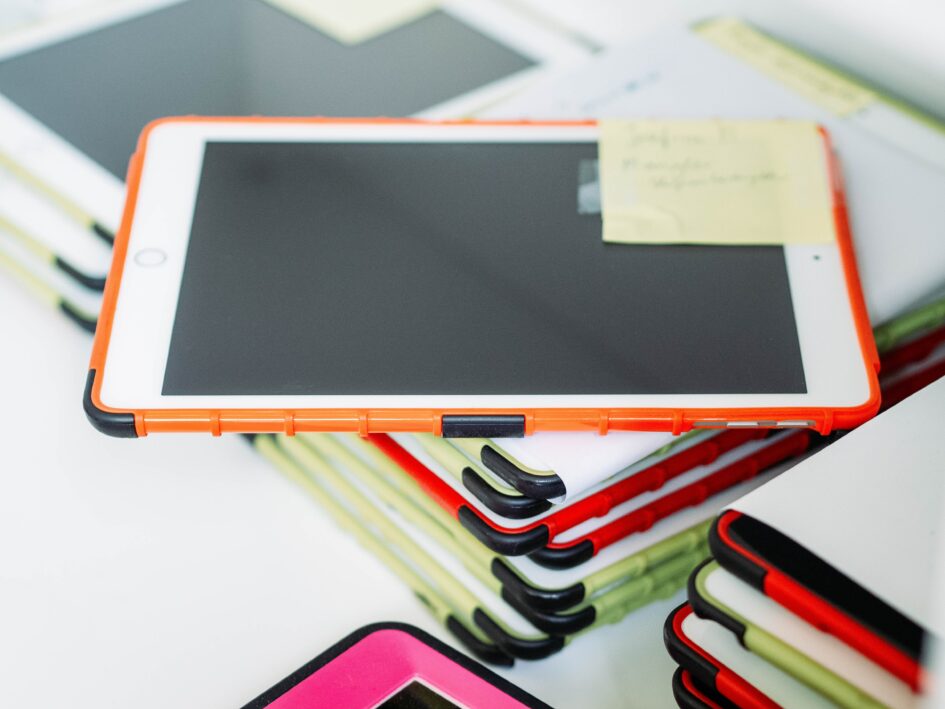This week we had a guest speaker, Tracey from BcEdAccess, come in and talk about accessibility and assistive technology in the classroom.
Some of the key things that I took away from the presentation were:
- The idea of each student having an invisible backpack, what are they carrying around with them that we can’t see
- Designations: children are given a letter to their disability and their designation will tell them what they need and how much money they get. Only three categories get money.
- Psycho educational assessments are hard to get and usually get them very late in schooling: the things that are discovered in this assessment would have been helpful to know as a child
- Only fund a certain number of assessments a year- about 3-4000$ if you do it individually, and you can only get designations until they can read and write (after grade 3)
- Come at conversations with parents using a strength-based approach and build a relationship. Positive communication at the beginning to the family so that they are open to conversations when problems arise
Reading all the documents provided is important beforehand and connecting with the student’s previous teachers is important, but you also cannot have judgments or biases about the student or the guardians. Don’t make suggestions; just tell them what you notice and that you will continue to support them with the resources available.
To me, accessibility means creating and implementing teaching material and methods that reduce barriers in the learning environment. I also see it as being media-rich, so there are diverse media types for all learners to engage with. I found this video that really drove home the importance of accessibility through a Universal Design for Learning, and how to do so in the classroom.
I want to create an accessible environment for all learners in my own classroom. For me, this would look like open and honest conversations with the students so that they feel as though they can talk about anything and understand the different needs in the classroom. I would make sure that the environment is accessible and has spaces in the classroom where students can calm down or work quietly. I would approach each topic and unit with different algorithms handy so that each learner can try and find the best approach for them. Having technology in the classroom can also be a great way to keep learning accessible, providing I pads and voice to text apps for those who have trouble with communication. Another great idea is to make sure you are asking students how they would best be supported in the classroom and reflect on what you have available or what you can get.

Leave a Reply
You must be logged in to post a comment.